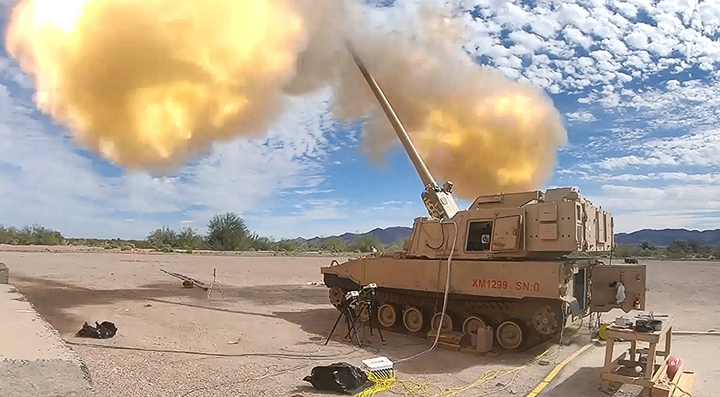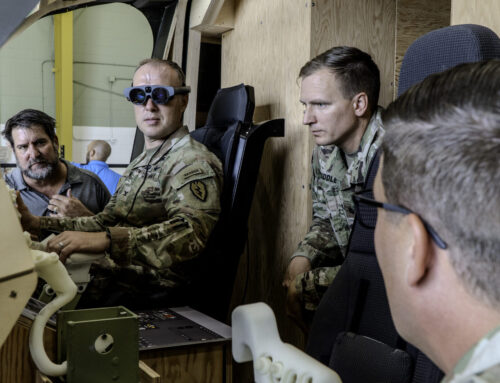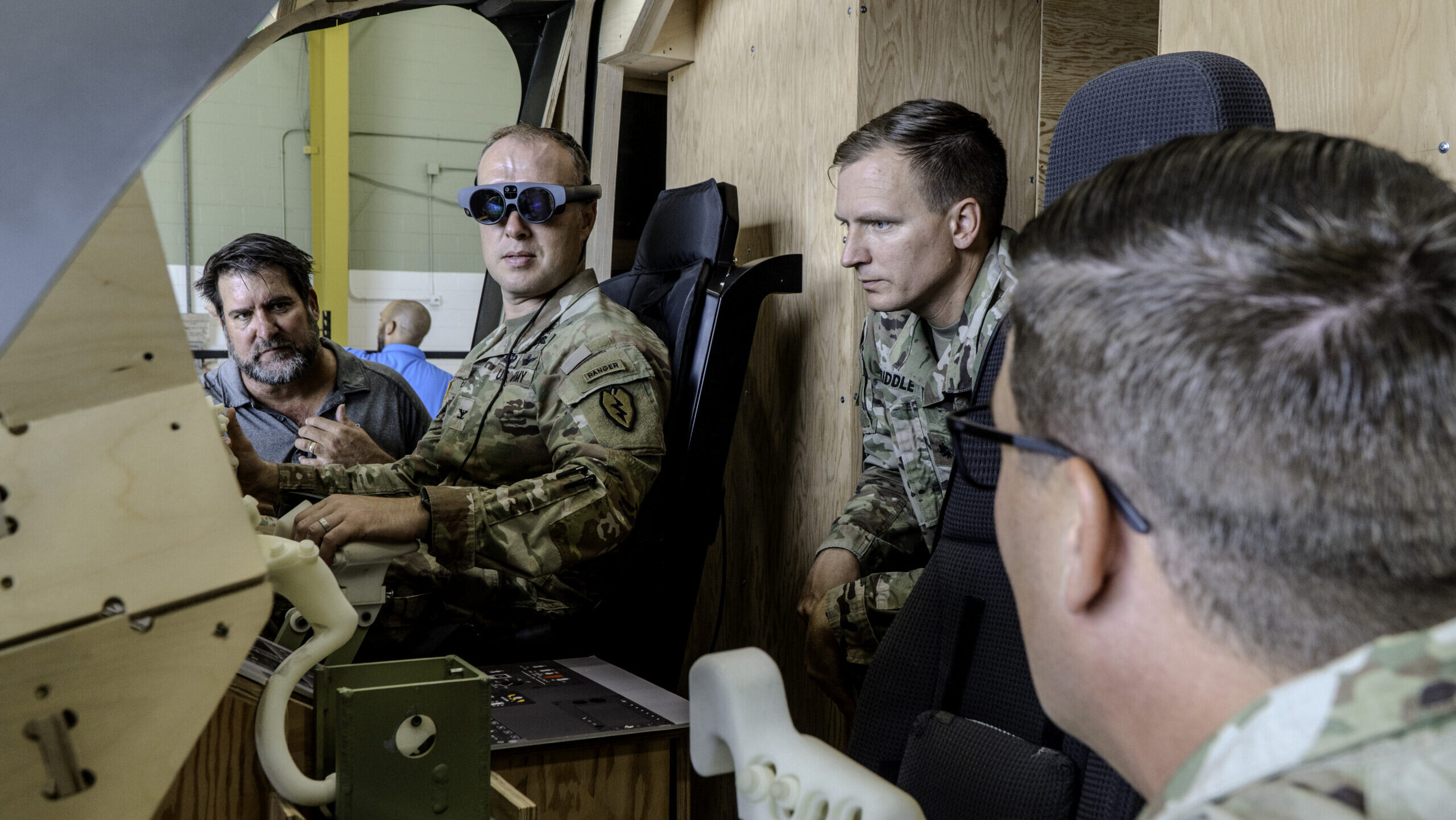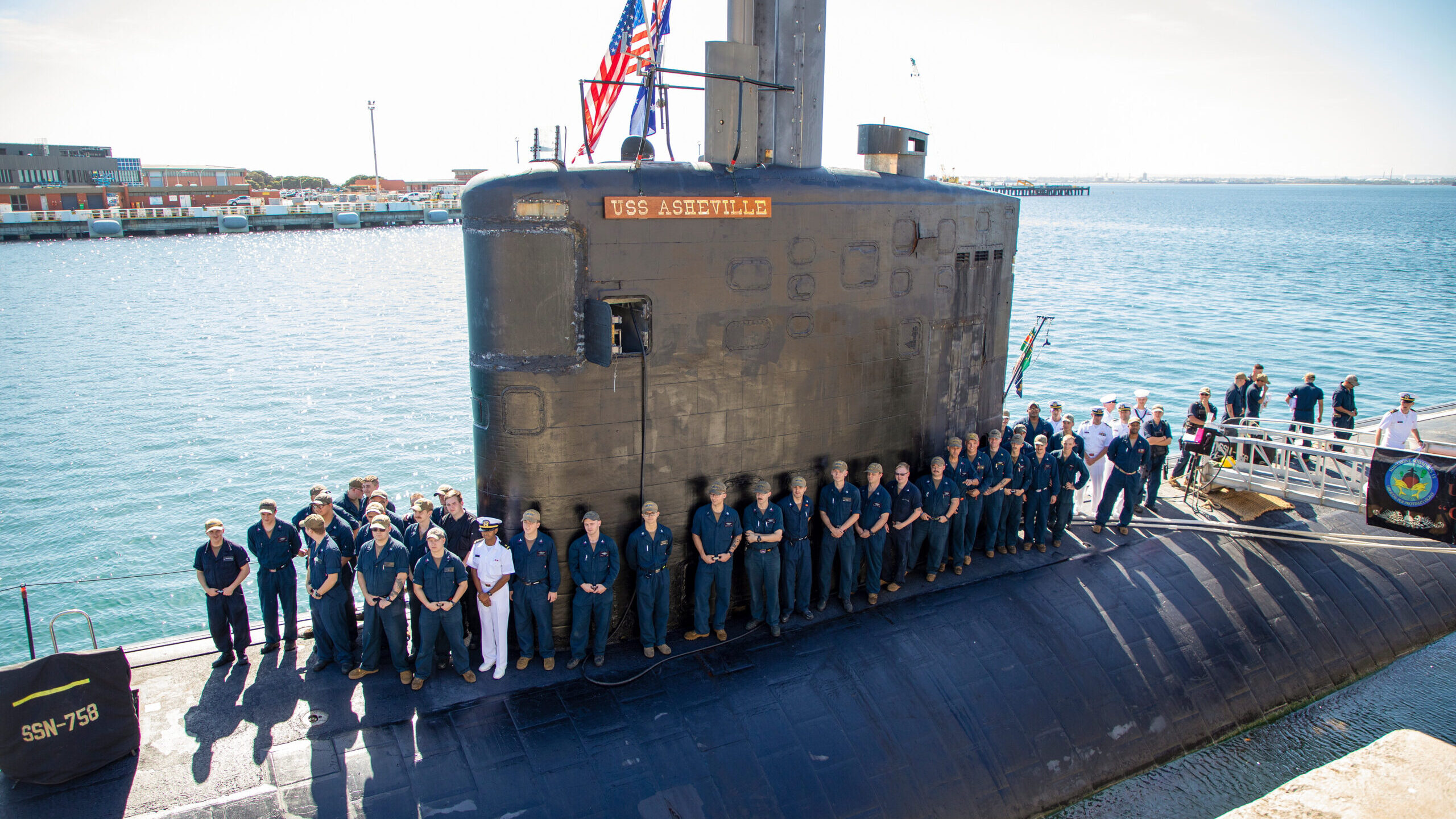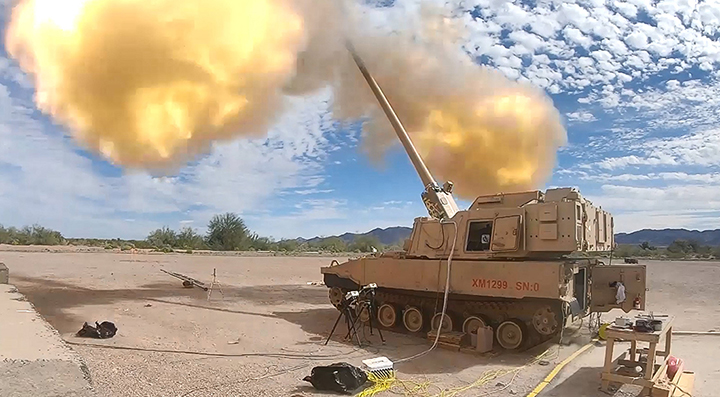
A photo of the Extended Range Cannon Artillery (US Army)
WASHINGTON — After globetrotting to evaluate existing self-propelled howitzers, the US Army has decided to forgo another foray into developing their own and will launch a “full and open” competition, a senior Army official told Breaking Defense.
The service plans to host a competition that will kick off with the release of a Phase I request for proposal in mid-February, the service’s Program Executive Officer for Ground Combat Systems Maj. Gen. Glenn Dean said in a Wednesday email.
“Phase I is the ‘get to test’ phase which includes further testing of mature platforms, and it will not be a vendor downselect — competition in this phase remains critical,” Dean added.
Instead, the Army is planning to pick an unspecified number of companies to proceed and award Phase I contracts around the July to September timeframe. Those vendors will then participate in additional “competitive evaluation testing” that will run through fiscal 2026.
RELATED: Army anticipates return of repaired logistics vessel prototype by month’s end
Army leaders plan to evaluate competing systems on range, precision, and volume, as well as the platform characteristics like mobility and supportability. And that test data from Phase I, Dean explained, will be used to inform evaluation in Phase II. If all goes as planned, that second round of downselects will occur in early FY27 ahead of initial fielding in the 2030 timeframe — but possibly with “multiple” self-propelled howitzer lines of effort, as the Army reexamines its force structure.
“To support current and future operations, next generation artillery must deliver precise and effective fires at range and be able to mass fires to support operations,” the two-star general wrote in response to questions. “It is not an either/or, but both.”
“The ability to mass fire is not just the ability to fire rapidly (rate of fire), but also the ability to load, move, emplace, fire, displace, reload, and re-emplace/refire at a pace that supports the needs of the supported force,” he added.
Dean did not detail the mix of self-propelled howitzers it may field as a result of this new approach. However, the service has been eyeing ways to fill the gap created, in part, after it canceled work on its Extended Range Cannon Artillery (ERCA) platform. That prototype added a 30-foot, 58-caliber gun tube to BAE Systems’ Paladin M109A7 self-propelled howitzer to launch 155-mm rounds out to 70 kilometers, an increase from the current max range of up to 30 kilometers.
While the Army continued work on associated munitions under the ERCA banner, it was torn over whether to relaunch development of a new platform or pull an existing one from industry. To help find that answer, the service went on an international roadshow in recent months, visiting a handful of companies from Europe to Asia to the Middle East — Rheinmetall, BAE Systems, Hanwha, General Dynamics and Elbit Systems.
In early December, Long-Range Precision Fires Cross Functional Team leader Brig. Gen. Rory Crooks said those evaluations were going well with early findings indicating that the vendors are “absolutely ready for competitive evaluation.”
“We’re very pleased with what we’re seeing so far, and even some on the autonomy side,” the one-star general told an audience at an Association of the US Army event on Dec. 3.


